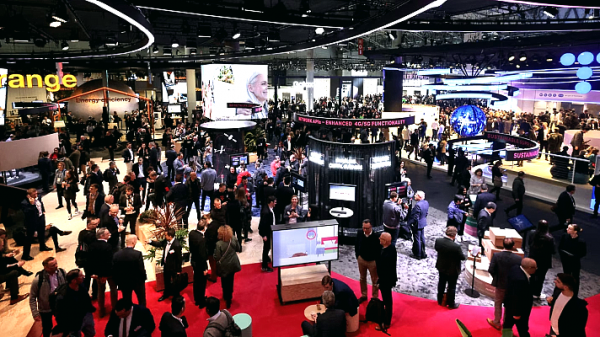
By Rosa SULLEIRO
BARCELONA (AFP) — Jordi Fauli is the seventh chief architect of Barcelona’s iconic Sagrada Familia since Antoni Gaudi began work on the basilica in 1883, and he had been expected to oversee its long-awaited completion.
But the pandemic has delayed efforts to finish this towering architectural masterpiece, which has been under construction for nearly 140 years, and it is no longer clear whether Fauli will still be in charge when it is finally done.
“I would like to be here for many more years, of course, but that’s in God’s hands,” says Fauli, 62, a wry smile on his lips.
He was just 31 when he joined the architectural team as a local in 1990 — the same age as Gaudi when the innovative Catalan architect began building his greatest work in the late 19th century, a project that would take up four decades of his life.
“When I arrived, only three of these columns were built and they were only 10 meters high,” he explains from a mezzanine in the main nave.
“I was lucky enough to design and see the construction of the entire interior, then the sacristy and now the main towers.”
When finished, the ornate cathedral which was designed by Gaudi will have 18 towers, the tallest of which will reach 172 metres into the air.
The second-highest tower, which is 138 metres tall and dedicated to the Virgin Mary, will be officially inaugurated on Wednesday with the illumination of the gigantic 5.5-tonne star crowning its highest point.
It is the tallest of the nine completed towers and the first to be inaugurated since 1976.

Construction halted by Civil War
In 2019, the Sagrada Familia welcomed 4.7 million visitors, making it Barcelona’s most visited monument.
But it was forced to close in March 2020 as the Covid-19 pandemic took hold, with its doors staying shut for almost a year.
This year, there have been barely 764,000 visitors, municipal figures show.
And as entry tickets are the main source of funding for the ongoing
building works, the goal of finishing the basilica by 2026 to mark he 100th anniversary of Gaudi’s death — he was run over by a tram — has been abandoned.
“We can’t give any estimate as to when it will be finished because we don’t know how visitor numbers will recover in the coming years,” Fauli says.
It is far from the first time Gaudi’s masterpiece has faced such challenges.
During the Spanish Civil War in the late 1930s, construction work stopped and many of Gaudi’s design plans and models were destroyed.
For critics, this major loss means they do not view what was built later as Gaudi’s work, despite the research carried out by his successors.
UNESCO, the United Nations’ cultural agency, has only granted World Heritage status to the Sagrada Familia’s crypt and one of its facades, both of which were built during Gaudi’s lifetime.
But Fauli insists the project remains faithful to what Gaudi had planned as it is based on the meticulous study of photographs, drawings and testimony from the late Modernist architect.

Some local opposition
Nominated chief architect of the project in 2012, Fauli took over at the head of a team of 27 architects and more than 100 builders.
Today, there are five architects and some 16 builders working to finish the Sagrada Familia.
“It is a lot of responsibility because it’s an iconic project, which many people have an opinion about,” says Fauli.
Building such a vast monument which draws huge numbers of visitors is not welcomed by everyone, with some arguing that the hoards of visiting tourists are destroying the area.
Many also oppose plans to build an enormous staircase leading up to the main entrance, the construction of which will involve the demolition of several buildings, forcing hundreds to relocate.
“My life is here and they want to throw me out,” says one sign on a balcony near the Sagrada Familia.
Fauli said he understands their concerns and wants to find “fair solutions” through dialogue.
And if he could ask Gaudi one question? Fauli pauses to reflect for a few moments.
“I would ask him about his underlying intentions and what feelings he wanted to communicate through his architecture,” he says.
ADVERTISEMENT
ADVERTISEMENT








































